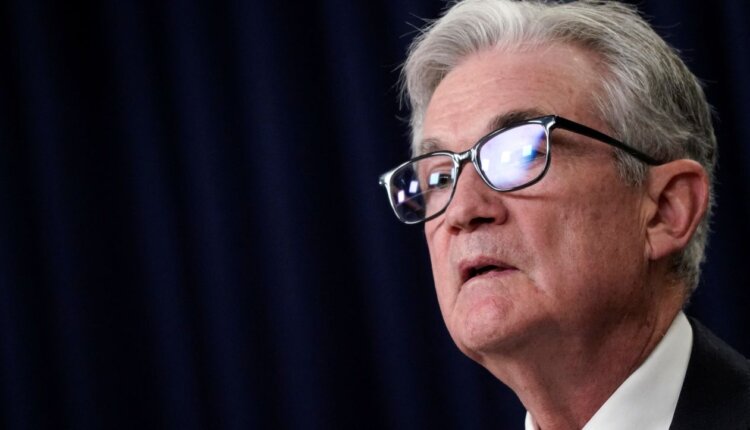Fed rate hike is a preparing for a long fight against rising prices, the level of the next rate hike is still unclear 2023
The US Federal Reserve Fed rate hike is a preparing for a long fight against inflation and is leaving the extent of the next rate hike still open.
As can be seen from the minutes of the most recent meeting in July, published on Wednesday evening (local time), the monetary authorities have not yet indicated any preference as to whether they want to take another unusually large Fed rate hike of 0.75 percentage points in September or if they want to raise it by one half a point can be left.
They explained that this was dependent on the data situation. On the futures markets, however, after the minutes were published, the probability of the smaller Fed rate hike was estimated at almost 60 percent.
According to the transcripts, participants at the meeting expressed the expectation that it might take longer than anticipated for the inflation problem to resolve.
According to the minutes of the meeting of July 26th and 27th, the dampening of aggregate demand with its tighter monetary policy plays an important role in reducing price pressure.
The central bank had raised the key interest rate by 0.75 percentage points as in June . It is in a range of 2.25 to 2.50 percent. The monetary authorities assume that further increases should be appropriate. Fed boss Jerome Powell (69) said after the Fed rate hike decision that a third major rate hike in September was in principle possible.
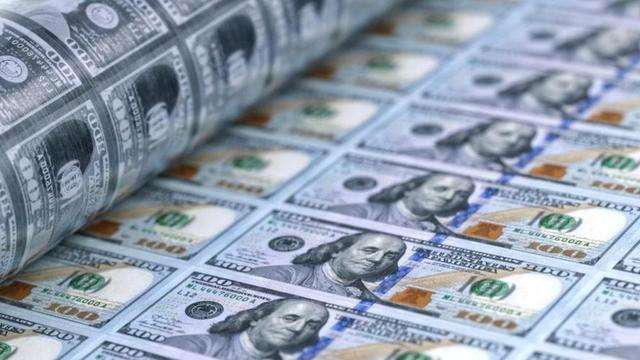
The Fed would thus advance to a slightly restrictive interest rate level, which would already slow down the economy somewhat. As the minutes show, some meeting participants said that interest rates would have to remain “at sufficiently restrictive levels for some time” to keep inflation under control. Because of the high inflation, the Fed rate hike is under pressure to raise the price of money as quickly as possible.
The inflation rate could soon be double digits, says Bundesbank boss Joachim Nagel. And he has other bad news. what is relation with Fed rate hike?
Bundesbank President Joachim Nagel believes that an increase in the inflation rate to ten percent is possible with the end of the fuel discount and the 9-euro ticket. “The fuel discount and the 9-euro ticket expire, which should increase the inflation rate by just over one percentage point,” Nagel told the Düsseldorf “Rheinische Post” on Saturday. “The gas surcharge is coming, in return VAT on gas is to be reduced, which in turn dampens prices.”
In the “sum” an inflation rate of ten percent is possible in the autumn months, Nagel said. The president of the Deutsche Bundesbank made the historical dimension clear: “Two-digit inflation rates were last measured in Germany over seventy years ago. According to the calculations at the time, it was eleven percent in the fourth quarter of 1951.”
Situation still difficult in 2023 “ECB VS Fed rate hike”
Nagel does not give the all-clear for the coming year either. “The topic of inflation will not disappear in 2023.” Russia drastically reduced its gas supplies and the prices of natural gas and electricity have risen more than expected. Since the inflation rate is expected to be eight percent in 2022 as a whole, Nagel expects a rate of six percent next year.
Nagel therefore called for further interest rate increases by the European Central Bank (ECB): “With the high inflation rates, further interest rate steps must follow.” This is also generally expected. The next meeting will take place on the 8th. September. Nagel did not want to mention a figure for a possible interest rate increase.
Nagel expects recession in winter
The decisive factor will be to keep medium-term inflation expectations stable at two percent. I am convinced that the Governing Council will take the necessary monetary policy measures,” says the President of the Bundesbank. In July, the ECB interest rates raised key by 0.50 percentage points.
Nagel is also pessimistic about economic development: “If the energy crisis worsens, a recession will seem likely next winter.” In the first half of the year, the German economy was still quite passable.
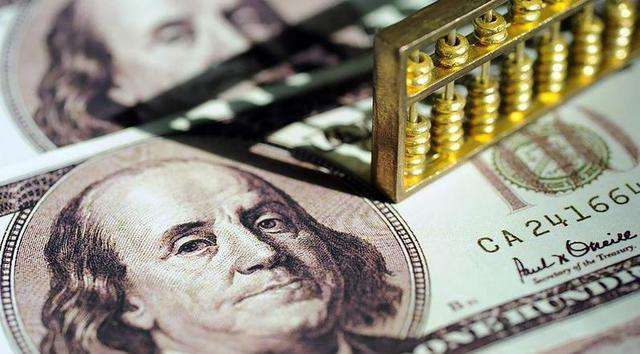
“But if further supply problems were added, for example due to long-lasting low water, the economic outlook for the second half of the year would continue to deteriorate,” Nagel said. He called on the collective bargaining partners to close collective agreements responsibly.
Fed rate hike policy a risk for Germany?
Fed rate hike strong response to the rapid rise in consumer prices – in June the US inflation rate was 9.1 percent – carries a great risk: The resulting cooling of the economy could lead to a recession, i.e. a shrinkage in US economic performance.
This would then also have significant consequences for the rest of the world; for Germany, the USA is even one of the most If demand from the United States decreases, this would hit the export-oriented German economy, which is already struggling in the face of supply and energy bottlenecks.
Inverse yield curve – warning signal from the bond market
In any case, the high inflation forecasts and the Fed rate hike expected response to them have already left a clear mark on the bond markets. For example, the yield on the two-year US government bonds is higher than the yield of the ten-year US bonds. Market experts speak of an inverse yield curve.
This is an extremely unusual pattern that worries traders and economists alike. Experts see this “inverted world of interest rates” as a negative signal for the largest economy in the world. An inverse yield curve is regarded by many as a harbinger of a recession.
In fact, the bond market has proven to be a reliable early indicator of an economic slowdown: According to a study by the Federal Reserve Bank of San Francisco, with one exception, every economic downturn in the USA has been preceded by an inverse yield curve since 1955.
Does the Fed rate hike take recession fears seriously?
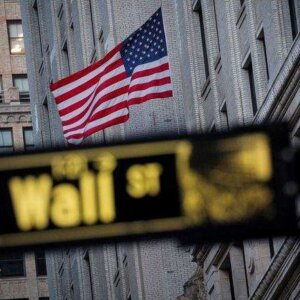
Against this background, beyond today’s interest rate increase, the focus should be on Fed Chairman Jerome Powell’s statements on the central bank’s future price. Jon Stanzl, chief market analyst CMC Markets, emphasizes: “With the ever-increasing recession fears, investors are also building up a little hope that the Fed could significantly reduce the pace of In June 2023, the market is currently even expecting a first key interest rate cut again.
Market expert Robert Rethfeld even sees the Fed rate hike in the final stages of its interest rate increase cycle: “The Fed-Funds futures continue to show an end to the interest rate increase cycle on the 2nd. November 2022.” It is conceivable that market participants “despite a priced 75 basis point increase also expect a statement at today’s press conference that the Fed rate hike takes recession fears seriously.”
The time window for interest rate increases is small
The US Fed rate hike is thus taking a completely different path from its European counterpart: Instead of hesitantly raising interest rates, the Fed rate hike relies on rapid, rapid interest rate increases.
The calculation behind it is clear: “The markets now expect a recession or at least a sharp decline in growth from the end of the year,” explains Franck Dixmier, chief bond strategist of Allianz Global Investors.”
Therefore, the Fed must act now to anchor inflation expectations at a low level and to gain room for manoeuvre for later.” Apparently, the monetary authorities in the USA are aware of the fact that the time window for interest rate increases is likely to be extremely small due to the significantly looming economic slowdown.
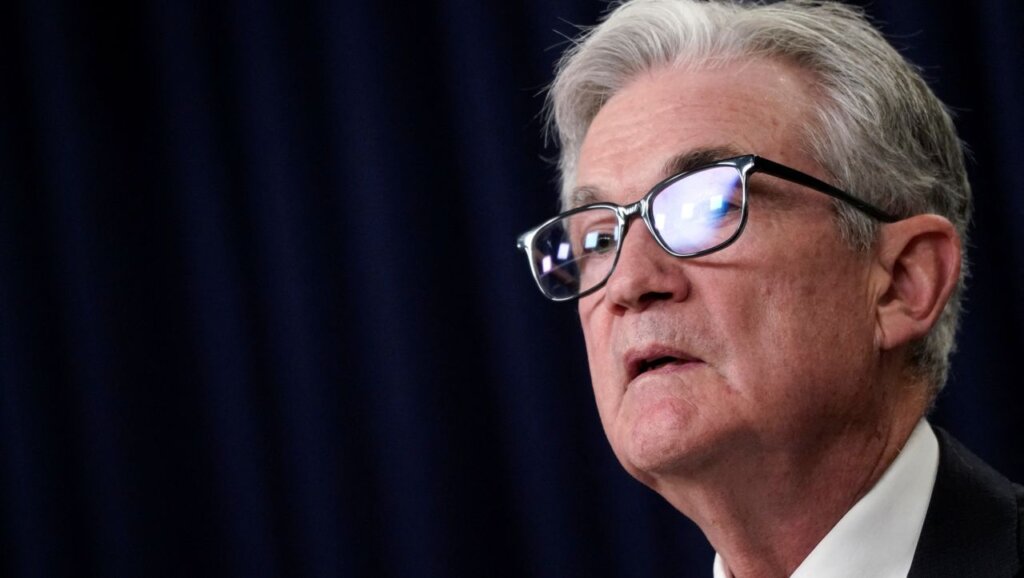
ECB in a dilemma related to Fed rate hike too
Mönch from the Frankfurt School of Finance & Management also sees this dilemma: “It is a very difficult situation for the central bank. Some of these price drivers have little to do with demand effects.” Instead, the economy is more burdened on the supply side: by supply chain bottlenecks as a result of the pandemic or the Ukraine war, which affects energy prices. Traditionally, a central bank can have little effect.
In addition to the weak euro, which makes imports more expensive and further fuels inflation, there is the high debt of states in southern Europe, for which too quickly raised interest rates can become a burden. “The long low interest rates were not used well enough by some European states to reduce the debt ratios,” says Mönch. Fed rate hike effect into consideration too.
There is great scepticism in the financial markets as to how these countries can survive the interest rate turnaround, because the decision on the end of bond purchases and the announcement of the interest rate increase in June had already driven up the returns there. In order to support the heavily indebted states in turbulence in the bond market, the monetary authorities now agreed on a new crisis bond purchase program. Work on this had already been accelerated in June.
New anti-crisis instrument
The new “Transmission Protection Instrument” (TPI) tool is intended to help ensure that monetary policy can work evenly in the euro area and that the financing costs of the individual euro countries do not diverge. The yield gap – the spread – between government bonds from Germany and those of higher-indebted euro countries, especially Italy, had recently expanded. In other words, for countries like Italy, where the government crisis causes additional nervousness in the markets, it will be more expensive to get fresh money.
However, the uniformity of the Governing Council’s monetary policy is a prerequisite for the ECB to be able to fulfill its price stability mandate, the central bank explained. TPI has been created for specific situations and risks that could affect any state in the euro area.
The Governing Council will decide, if necessary and depending on certain indicators, whether the program will be activated for a country and what the scope will be. In addition, it is subject to several conditions, such as debt sustainability.”
I fear that the ECB cannot avoid using the program,” explains expert Wieland. Expectations are very high and investors in Italy in particular would demand a high premium in the government crisis. He sees TPI “highly problematic.”
After all, it is normal for higher-indebted states to have to pay higher interest premiums on the market in a tightening. In addition, the central bank has largely undermined the market over the past more than two years with its pandemic emergency purchase program, so that the premiums of the past two years do not reflect a market premium.

